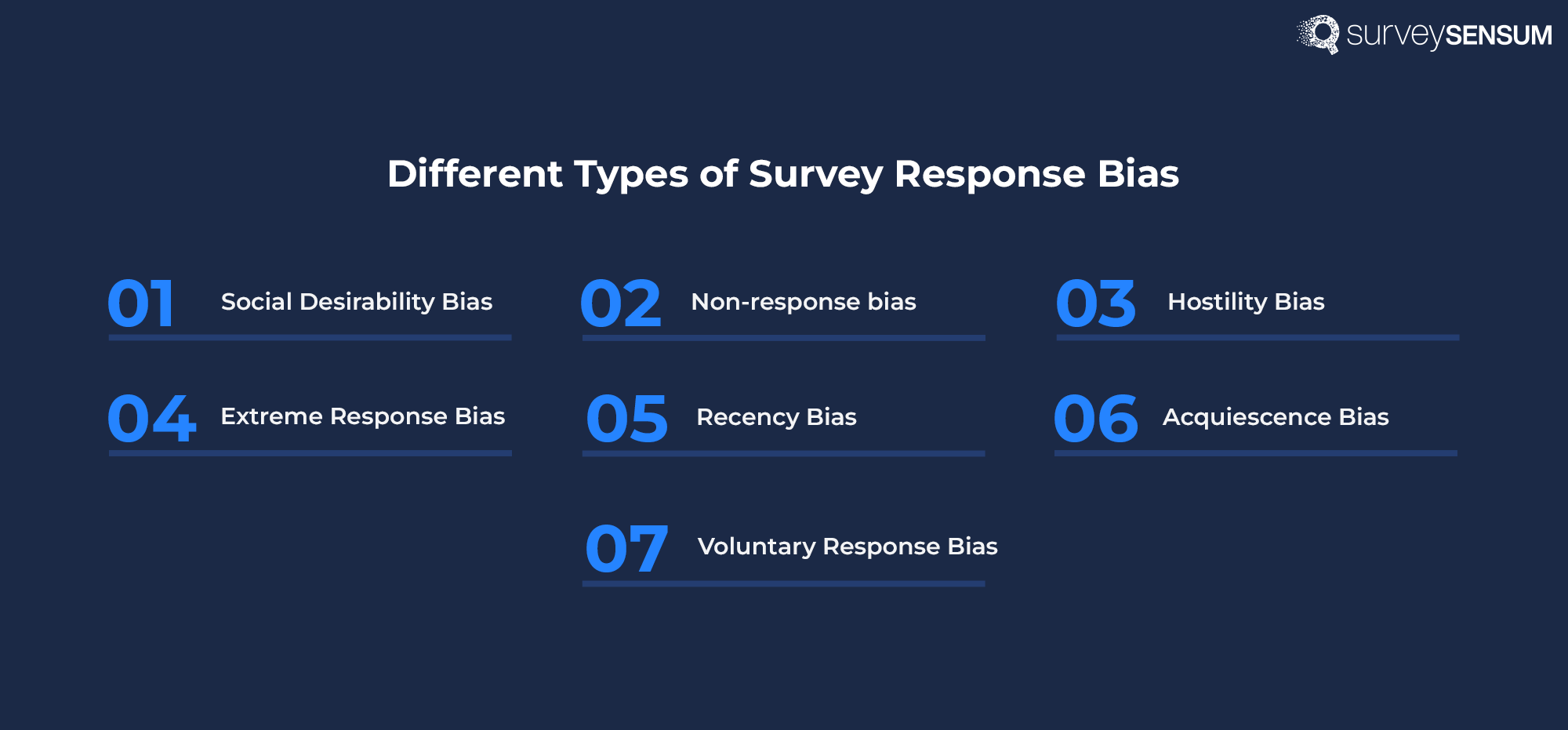Accurate data is the foundation of effective research, but collecting honest, unbiased responses isn’t always easy. One of the most common challenges faced by researchers is response bias — a type of error that occurs when participants answer questions inaccurately or dishonestly. This subtle distortion can significantly affect the validity of research findings, making it essential to recognize and minimize its effects. For a deeper look into the mechanics and implications of response bias, Kantar offers a comprehensive guide.
What Is Response Bias?
Response bias occurs when a participant’s answer to a question is influenced by factors unrelated to the actual question. These can include the phrasing of the question, the respondent’s desire to please the researcher, or even their own memory limitations. The result? Data that doesn’t accurately reflect true beliefs, behaviors, or experiences.
There are several types of response bias, including social desirability bias, acquiescence bias, and recall bias — each affecting data quality in different ways.
Common Types of Response Bias
Social Desirability Bias
This occurs when participants respond in a way they believe is socially acceptable rather than truthful. For instance, someone may underreport their alcohol consumption in a health survey to appear more responsible.
Acquiescence Bias
Also known as “yea-saying,” this type happens when respondents tend to agree with all questions or statements regardless of their actual opinions, especially in Likert scale surveys.
Recall Bias
This happens when participants can’t remember past events accurately. It’s especially prevalent in retrospective studies or long-term research that depends on memory.
How Response Bias Affects Research
Even small degrees of response bias can distort study outcomes. In market research, for example, it can lead to misinterpreting customer satisfaction, while in healthcare studies, it may mask critical health behavior patterns. This distortion often results in misguided strategies, ineffective campaigns, or poor policy decisions.
The cost isn’t just academic — businesses and organizations risk wasting time, money, and resources based on flawed data.
Methods to Minimize Response Bias
Improve Question Design
Use neutral, clear, and concise language in surveys. Avoid leading questions that might hint at a “correct” answer.
Ensure Anonymity
Participants are more likely to provide honest responses if they know their identity isn’t tied to their answers. Anonymous surveys tend to reduce social desirability bias significantly.
Use Mixed Question Formats
A blend of open-ended and closed-ended questions gives respondents the freedom to express themselves while maintaining data structure.
Randomize Answer Choices
In multiple-choice formats, always randomize the order of answer options to avoid primacy or recency effects.
Conclusion
Understanding and addressing response bias is essential for researchers, marketers, and decision-makers who rely on data to guide actions. By recognizing the signs and implementing preventative measures, you can significantly improve the reliability of your findings. In the end, minimizing bias is about maximizing truth — ensuring that what you learn truly reflects the voices and realities of your audience.

